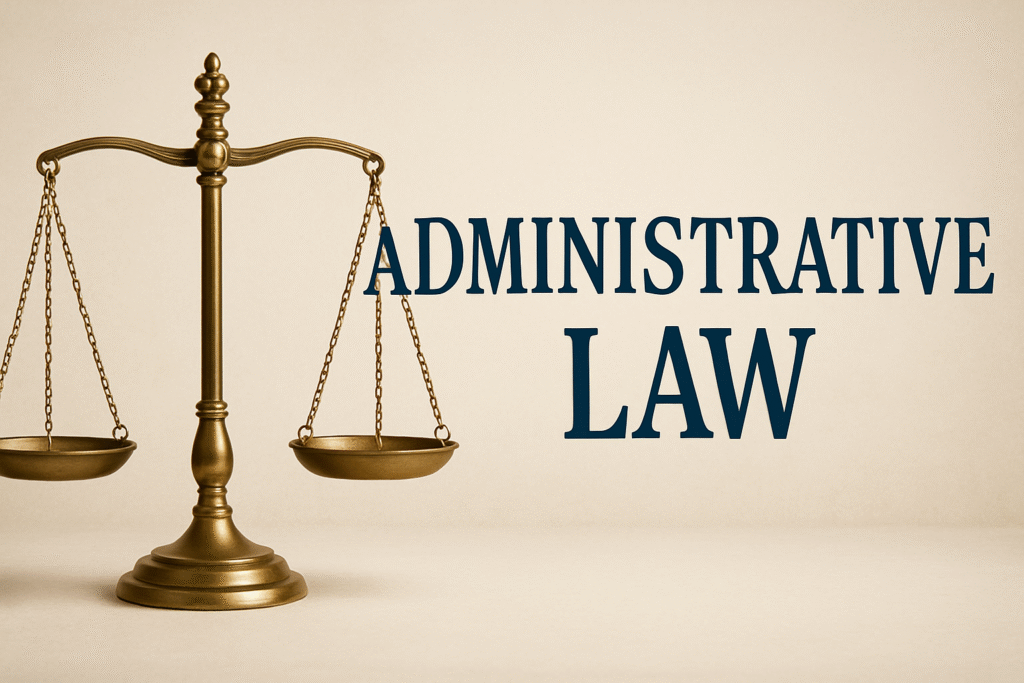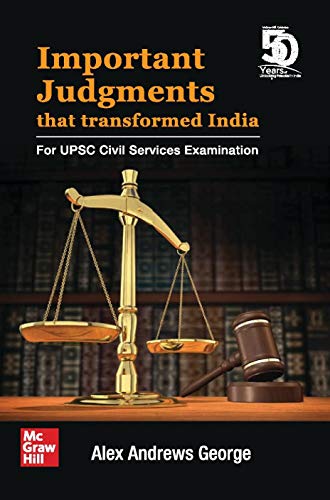Administrative flexibility is a vital principle in Bharat’s administrative law, allowing government authorities to adapt rules and policies to meet the unique needs of diverse situations. It enables officials to exercise judgment in applying laws, ensuring governance remains practical and responsive in a complex nation like Bharat. Understanding administrative flexibility is crucial for navigating the Bharatiya legal system, as it shapes effective policy implementation while maintaining accountability. This note explores its significance, legal boundaries, and key judicial precedents.
What is Administrative Flexibility?
Administrative flexibility refers to the ability of public officials to interpret and apply laws in a way that suits specific circumstances, especially when rigid rules may lead to impractical outcomes.[1] For example, a municipal officer might adjust urban planning guidelines to accommodate local needs without violating the law. This principle is essential in Bharat, where diverse socio-economic and cultural contexts demand tailored solutions. Articles 14 and 19 of the Bharatiya Constitution ensure that flexibility aligns with fairness and reasonableness, making this topic critical for law students preparing for exams like UPSC or judicial services.
Legal Framework and Judicial Oversight
Administrative flexibility operates within the boundaries of the Bharatiya Constitution and statutory laws, with courts ensuring it does not lead to arbitrariness. The Supreme Court in S.G. Jaisinghani v. Union of India emphasized that flexibility in administrative decisions, such as promotions, must be exercised transparently and within legal limits to avoid favoritism.[2] This case is essential for government employees to understand the need for reasoned decisions. Similarly, in Union of India v. Amrik Singh, the Supreme Court ruled that flexibility in granting exemptions must be justified and align with the parent statute, reinforcing accountability in administrative actions.[3]
Landmark Judicial Precedents
The judiciary in Bharat has consistently shaped the scope of administrative flexibility. In Barium Chemicals Ltd. v. Company Law Board, the Supreme Court held that flexible administrative actions, such as initiating investigations, must be based on relevant material and not vague assumptions.[4] This precedent is crucial for law professionals challenging arbitrary decisions. Additionally, in State of Uttar Pradesh v. Maharaja Dharmander Prasad Singh (1989), the Supreme Court clarified that flexibility in land acquisition decisions must respect procedural fairness, ensuring that discretion does not undermine public interest.[5] These cases are vital for understanding the legal limits of flexibility.
High Court Contributions to Administrative Flexibility
High Courts in Bharat have also played a significant role in defining administrative flexibility. In K.L. Tripathi v. State Bank of India (1984), the Allahabad High Court ruled that flexibility in disciplinary proceedings must adhere to principles of natural justice, such as providing a fair hearing. This case is particularly relevant for government employees involved in administrative inquiries. Similarly, in Indian Express Newspapers v. Union of India (1985), by the Bombay High Court, it was held that flexibility in imposing taxes must be exercised reasonably and not infringe on fundamental rights, offering clarity for law professionals working on taxation disputes.
Conclusion
Administrative flexibility is a cornerstone of Bharat’s governance, enabling responsive and practical decision-making while requiring adherence to constitutional principles. Landmark cases like Union of India v. Amrik Singh and Indian Express Newspapers highlight the judiciary’s role in ensuring that flexibility does not lead to arbitrariness. For law students, professionals, and government employees, mastering this concept is key to excelling in legal and administrative careers, ensuring governance aligns with Bharat’s constitutional ethos and serves the public interest.
References
[1] “Understanding the Nature and Scope of Administrative Law”, Taxmann, available at https://www.taxmann.com/post/blog/nature-and-scope-of-administrative-law/#:~:text=2.5%20Control%20over%20exercise%20of,non%2Dapplication%20of%20mind’.
[2] AIR 1967 SC 1427
[3] 1994 UJ(SC) 1 136
[4] 1966 SCR 311
[5] 1989 SCFBRC 153




